From the 26th-28th of June, the TAKING CARE Project, co-funded by the Creative Europe programme of the European Union, held its ‘Caring for Here and There’ Workshop at the Pitt Rivers Museum. Over three days, museum professionals from multiple institutes and spanning numerous countries came together to discuss ways to overcome the Eurocentric approach to conservation by developing innovative strategies that bring cultural care and preservation together. By sharing practice around analytical techniques, ethics, and understanding the needs of objects from an indigenous perspective, the aim of the workshop was to progress preservation discussions and techniques within participating museums as well as communities locally and internationally!
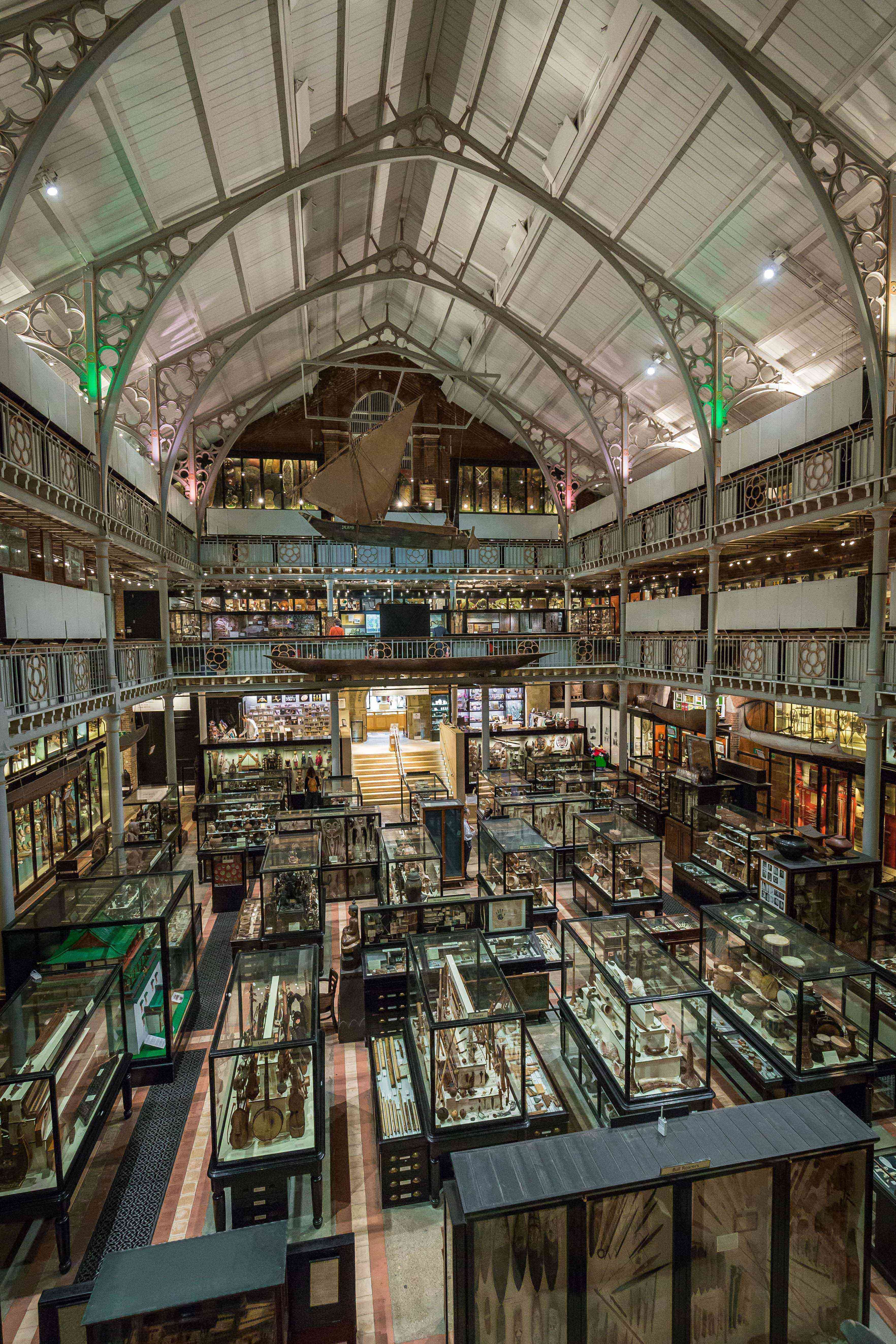
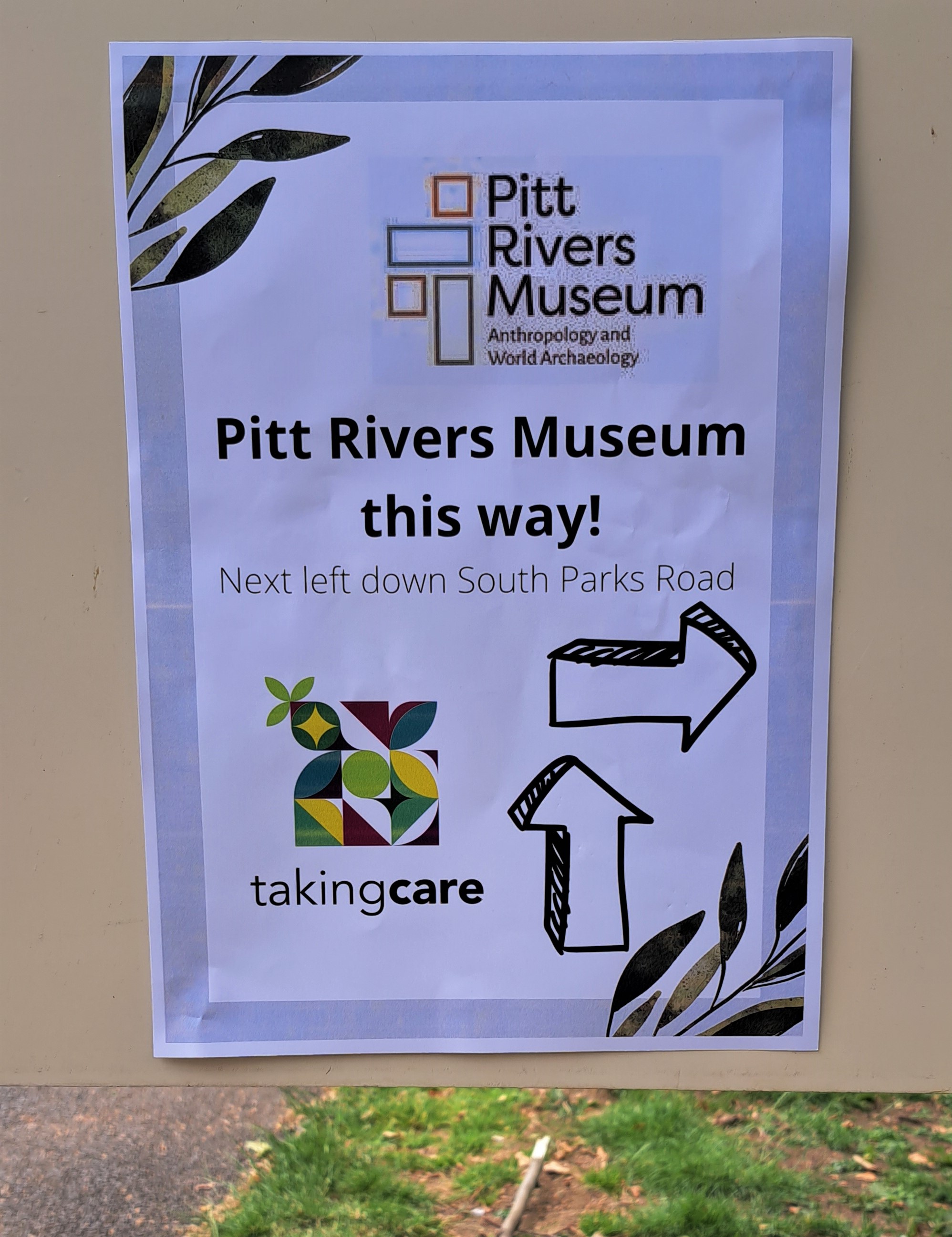
Day 1
The workshop was kicked off by a fantastic talk by Anne May Olli. She is the Director of RiddoDuottarMuseat, the largest Sámi museum in Norway. She has worked as a Conservator at one of the local museums in RDM for many years, with emphasis on documentation of traditional Sámi technology and its use in conservation. During her talk, she discussed issues of repatriation, pesticide issues that may prevent gaining new material understanding, the effects of climate change on traditional knowledge and the museum's increasingly important role as a holder of knowledge.

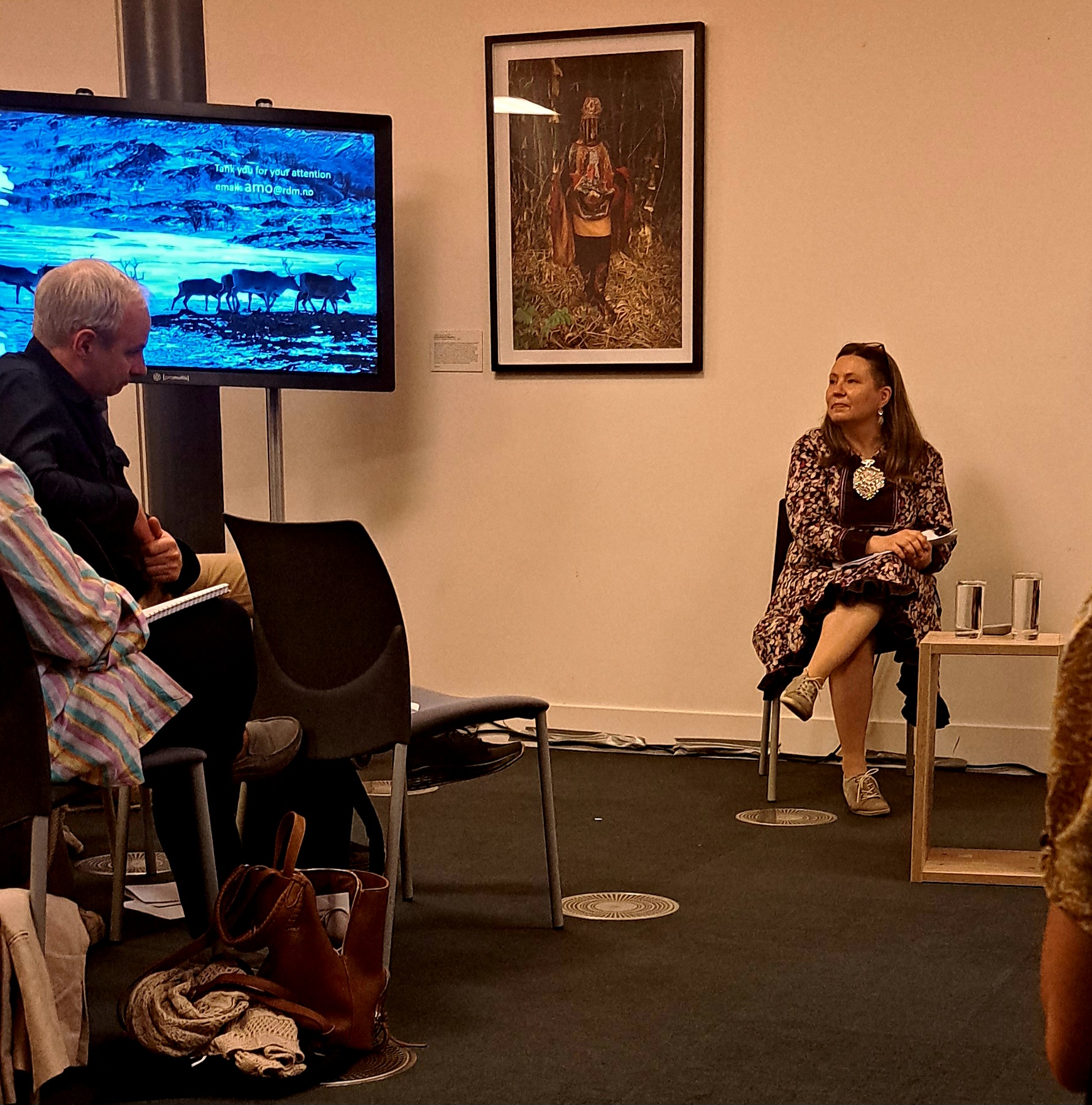
She further discussed the development of 'ethnographic' collections, problematizing the term, and engagement with indigenous populations by the heritage industry; the difficultly in repatriation of Sámi cultural artefacts, based around concerns of conservation and the fact that repatriation is a way of giving a community back parts of culture which have been forgotten; that conservation is not only keeping the material, but recognising non-material aspects as well, such as the importance of culture and its links with the artefact; the ways in which indigenous knowledge and academic knowledge can work in conjunction with each other; and emphasised the importance of indigenous knowledge and the decolonising or ‘indigenous-ing’ of museums, as well as the dangers of 'outlawing' indigenous practices and ways of life.The day ended with multiple tours being led around the museum, both by museum staff and the conference participants.
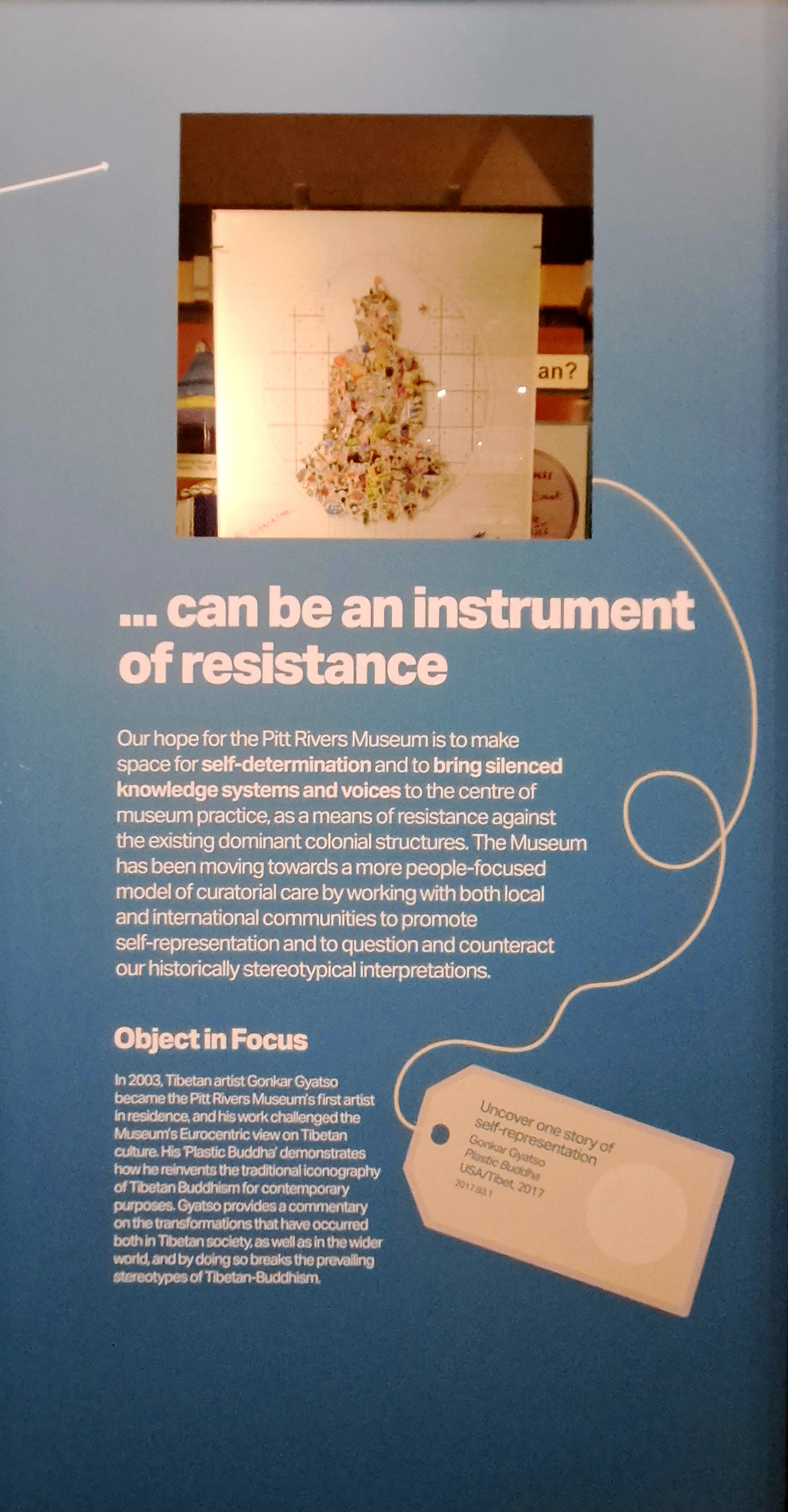
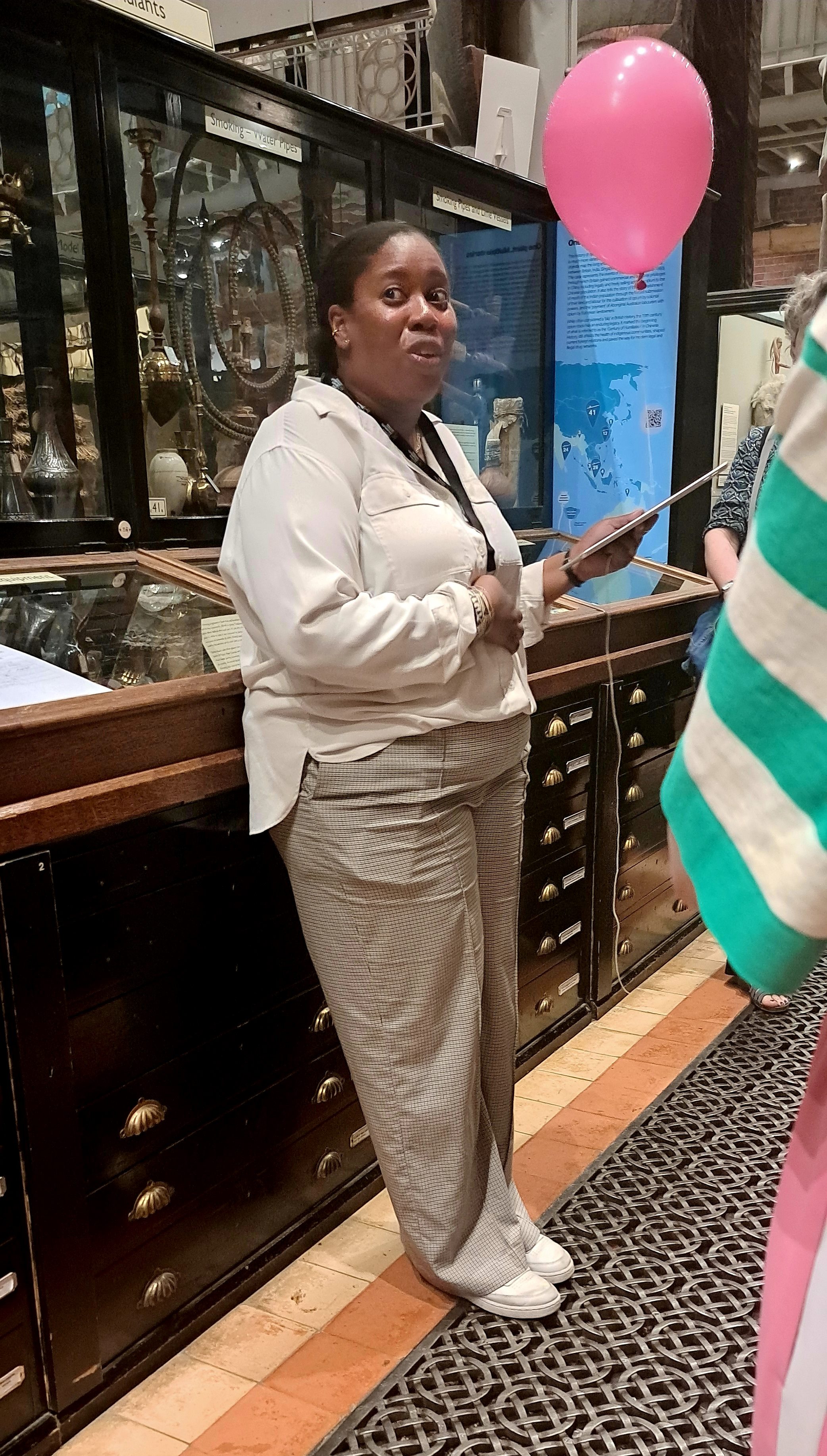
Day 2
The second day started with a talk by Dr Fiona Brock, who is currently based at Cranfield Forensic Institute. She highlighted key considerations regarding sampling, analytical technique selection, and dissemination, especially in regards to destructive analysis. Dr Brock discussed the very important questions of how destructive sampling should be done, what should be selected, who ends up doing the analysis, what happens to the data after the analysis is done, and how best to disseminate the data itself.
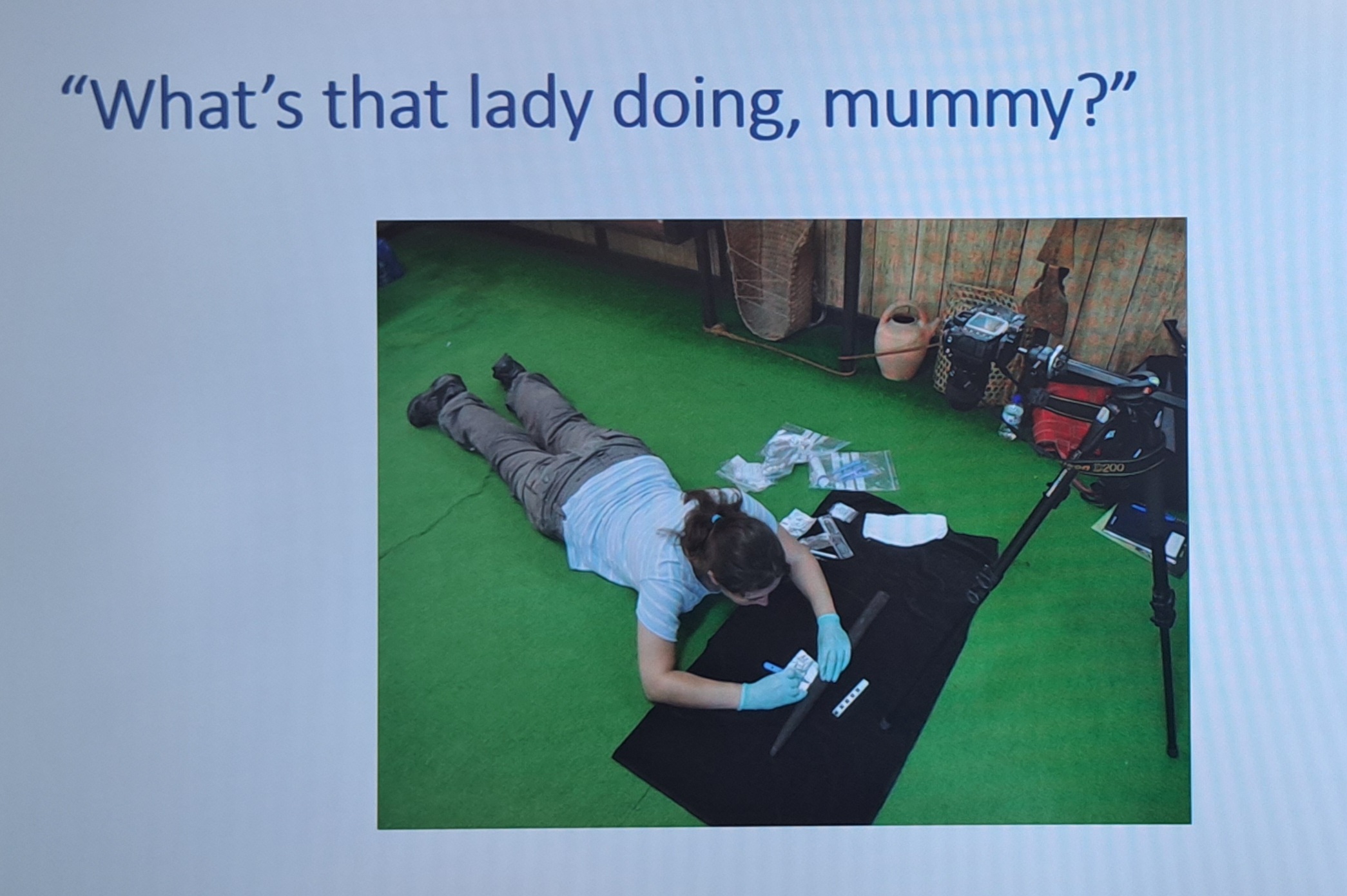
Following Dr Brock was a talk by Rosa Dyer, titled 'Using forensic ornithology to tell human-bird stories'. She is an AHRC-CDP PhD candidate based at the Pitt Rivers Museum and Birkbeck, University of London. Discussing her work at The Feather Identification Lab at the Smithsonian, Rosa delved into forensic ornithology techniques, and explored how they can be applied to the analysis of ethnographic objects. She emphasized the importance of inter-science dialogue, where western and indigenous approaches to science can work in dialogue with each other, and move towards knowledge plurality.

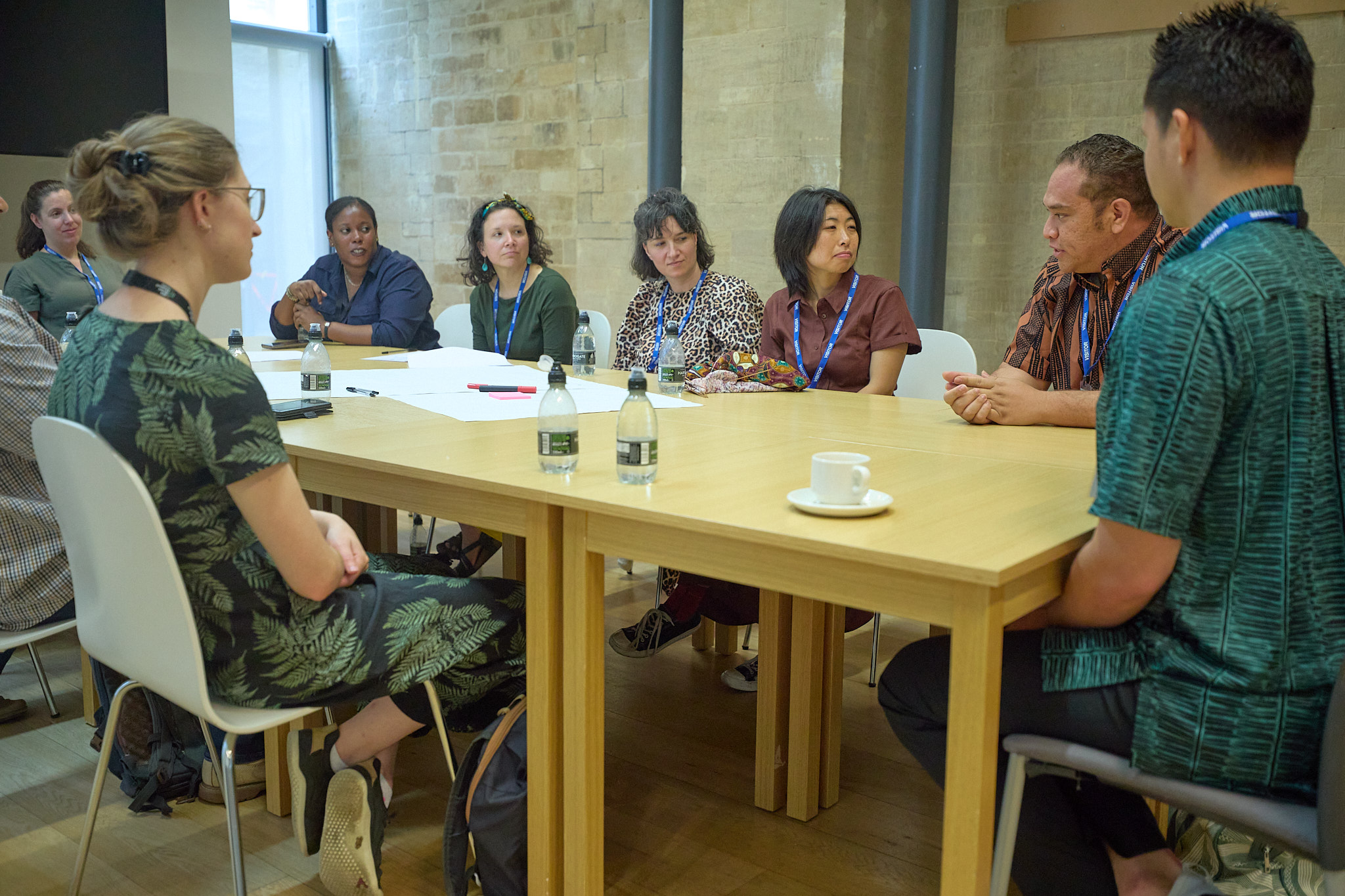
Following a discussion on Destructive Sampling and best practise in museum settings in groups, we had talks by Page Chang and Misa Tamura.Page Chang is a is a Native Hawaiian practitioner, artist, designer, and educator. She is dedicated to re-claiming and re-introducing the ancient practice of Hawaiian Kapa, in her community and beyond. Page discussed the cultural relevance of Kapa in the past, and through the example of her modern Kapa making practice, the cultural relevance of Kapa in the present and as a link to an imagined, healthier future. You can find more of her work at Pūko‘a Studios. Page highlighted that the modern relevance of Kapa is heavily involved in restoring practise, ecosystems, resources, language and expression. She argued that as the practise of Kapa continues, further knowledge of ancestral practises is also uncovered, as well as pathways to sustainable futures.
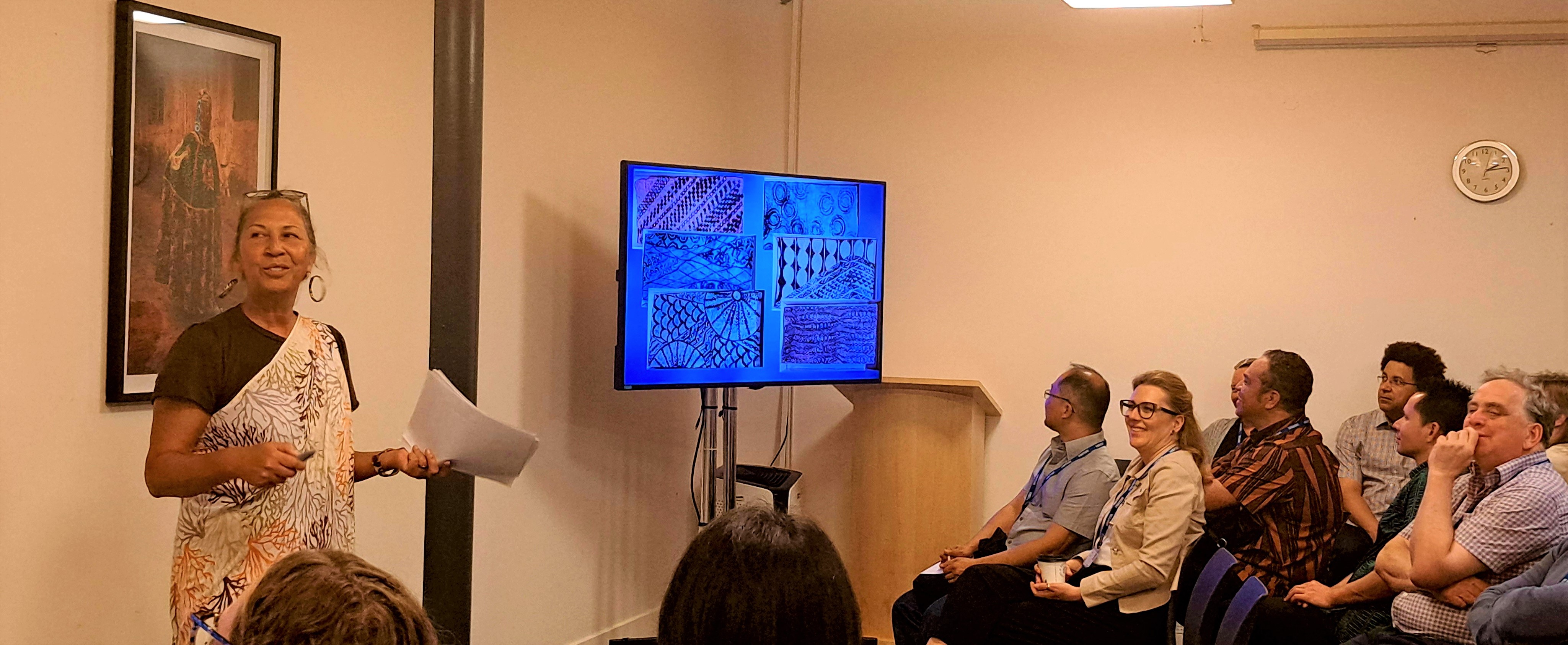

Misa Tamura is a Conservation Manager at Horniman Museum and Gardens. Her interests include conservation of organic artefacts, especially those from anthropological and ethnographic contexts, and the application of Japanese paper in conservation practice. Misa's talk reflected on conservation of Polynesian barkcloth collections. Reflecting on the destructive nature of historical sampling practices, Misa discussed the challenges of studying samples which have been decontextualised as a result.
The latter half of Day 2 included a Kapa making workshop lead by the wonderful Page Chang! You can find more of her work at Pūko‘a Studios. Before we started, Page demonstrated how we would go about making our Kapa.

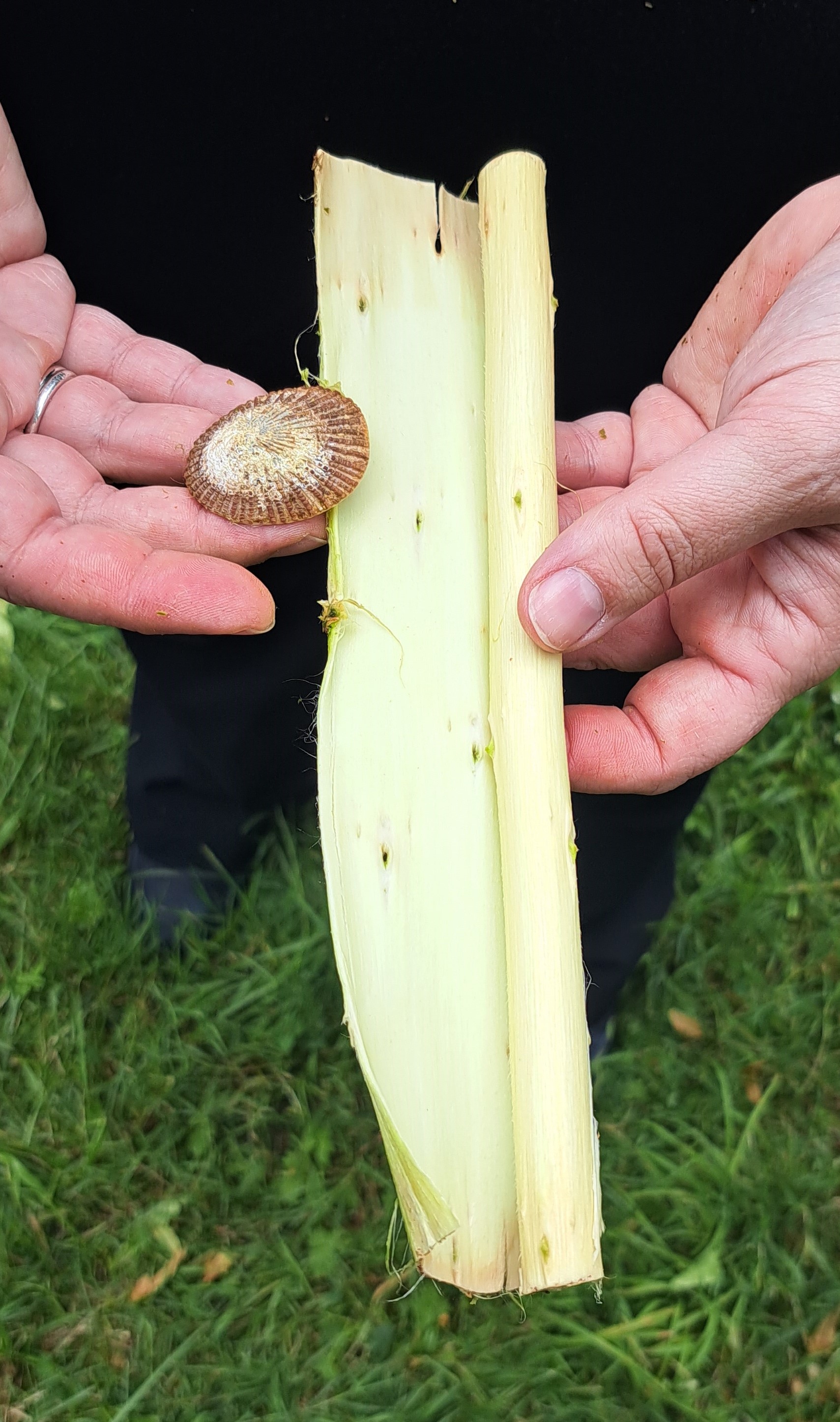
First, we take the Wakue Branch, and using an Ophi Shell scrap the outer branch until the skin is exposed. Then, we cut a long seam from end-to-end, and loosen the Mo'omo'o. After that, we pound the Mo'omo'o on a Kua Pōhaku-Rock anvil with a Hōhoa-round pounder to loosen up the fibres. This first pounding of the Mo'omo'o is called Kūkū Kahi.

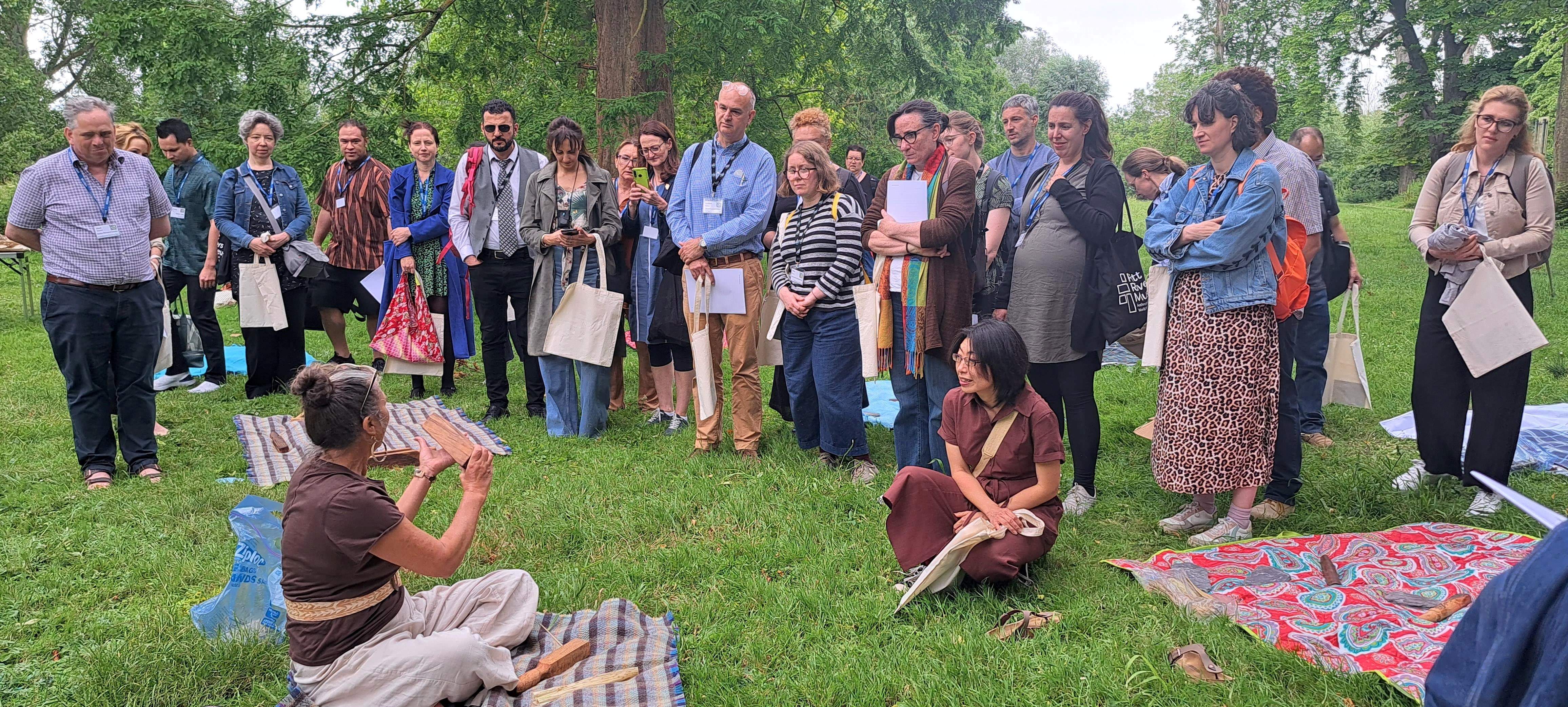
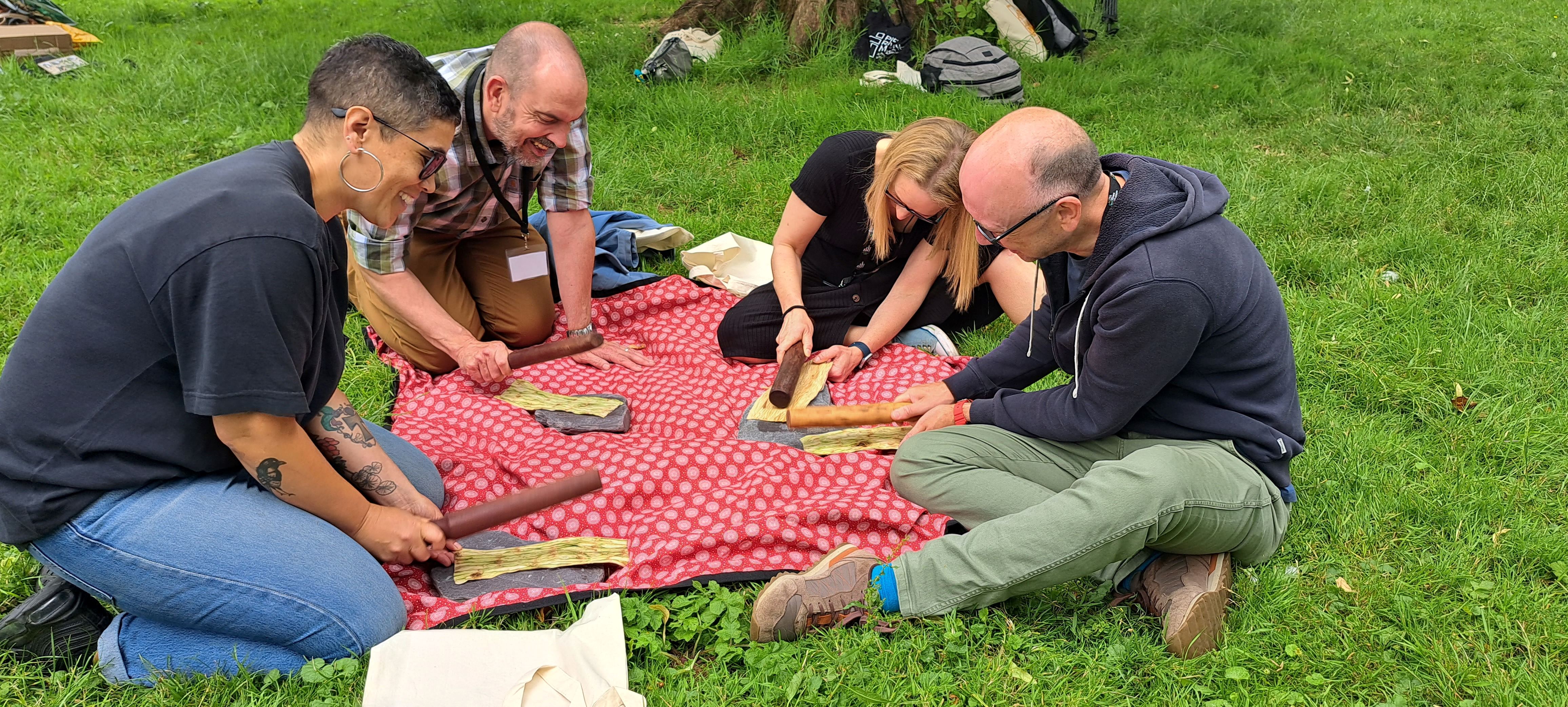
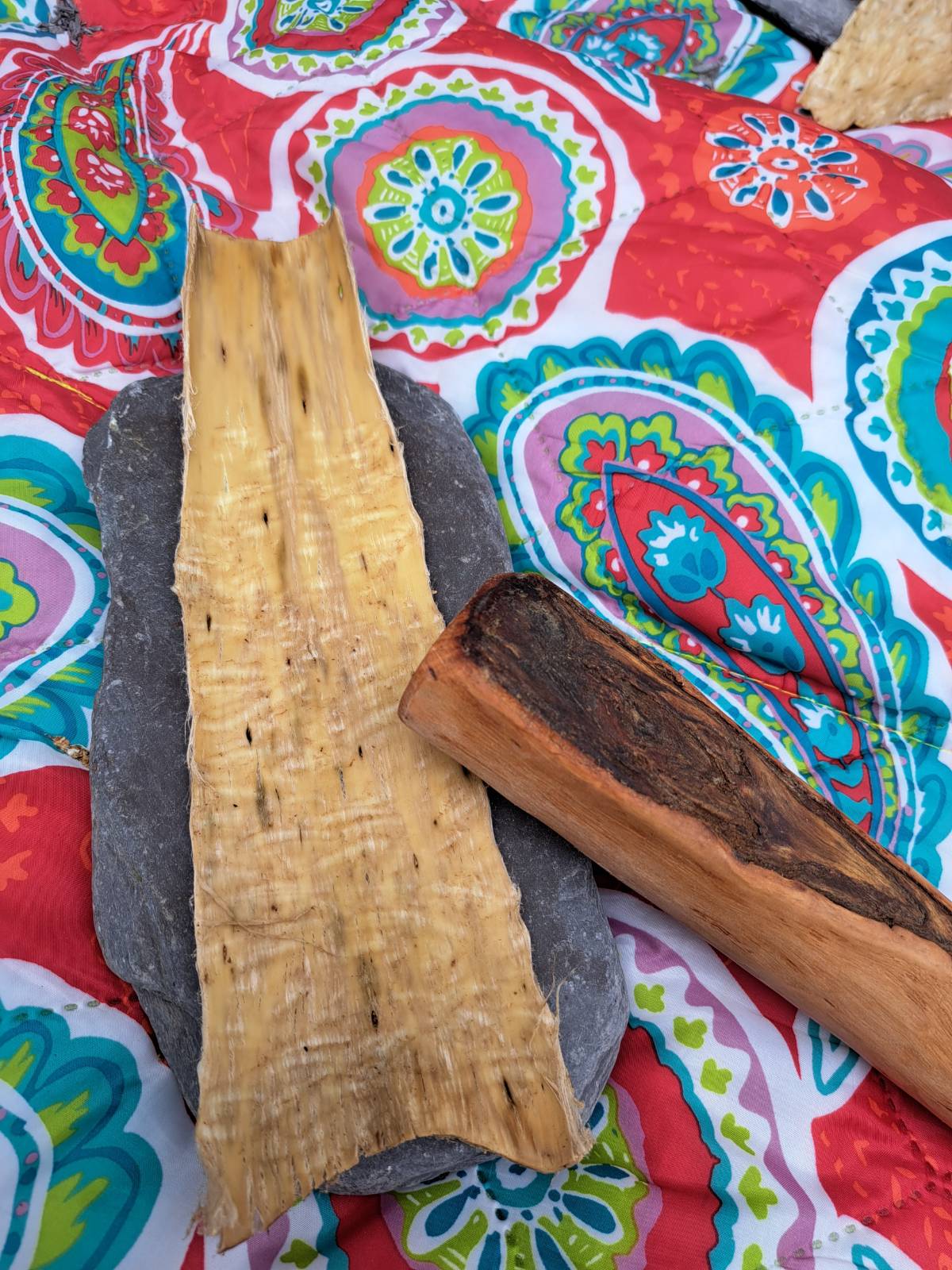
After the fibre has been loosened, you would ideally store it in a container with water. Page brought along some which she had soaked before-hand. You start working the wauke into kapa by laying it perpendicular on a Kua La'au-Wood Block anvil and gently pounding it with l'e Kūkū. This step is called Kūkū Kapa.
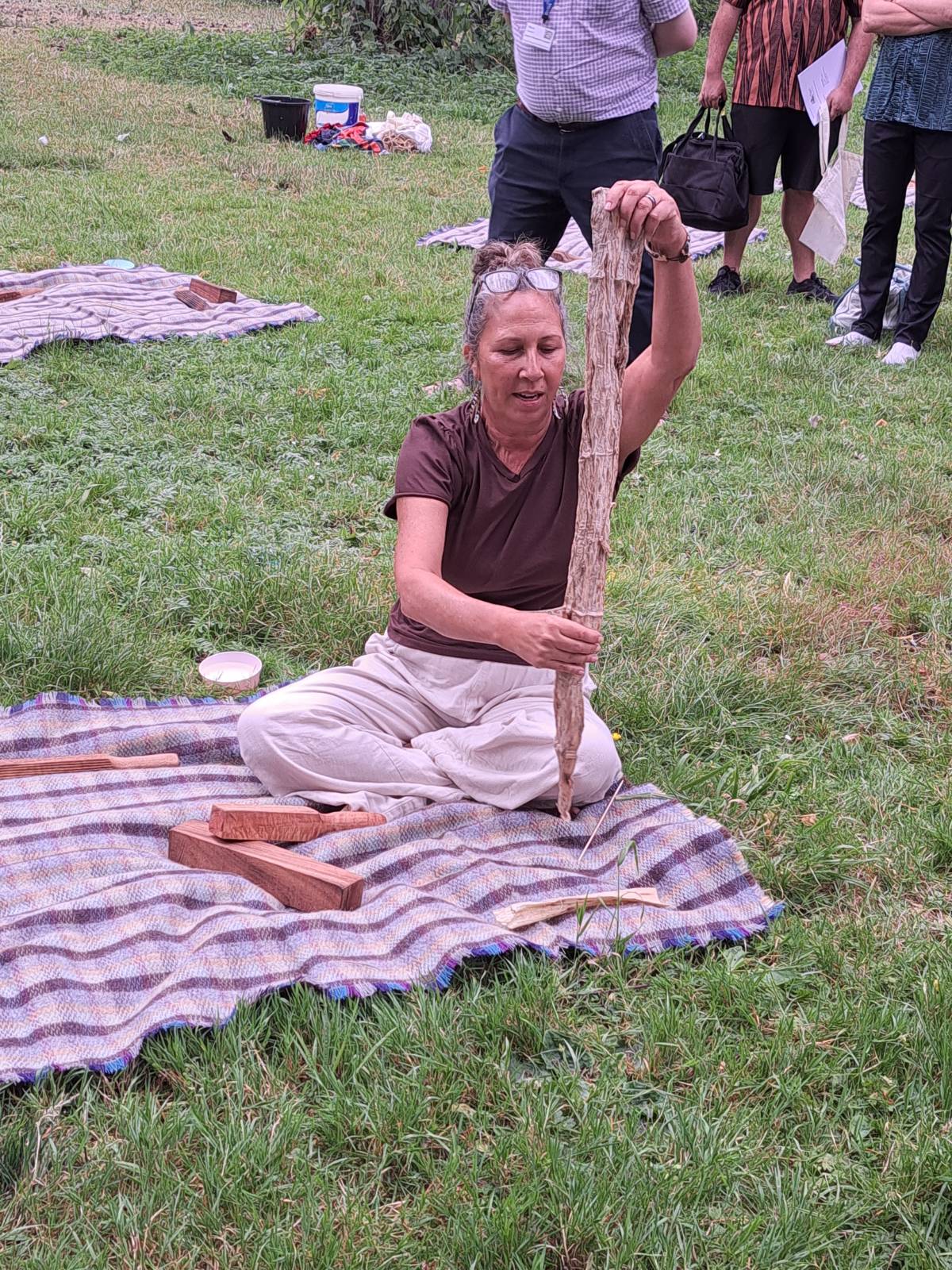

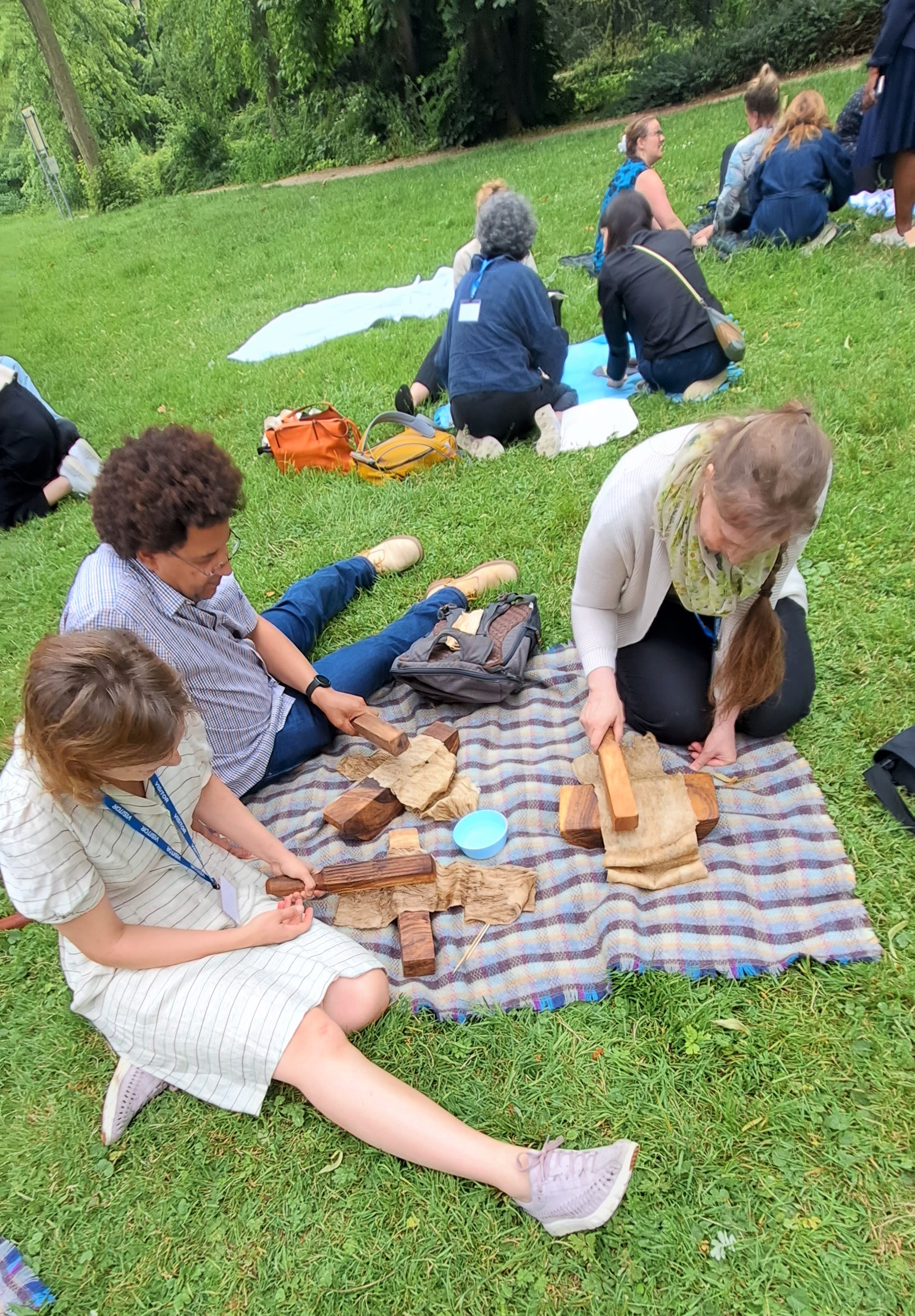
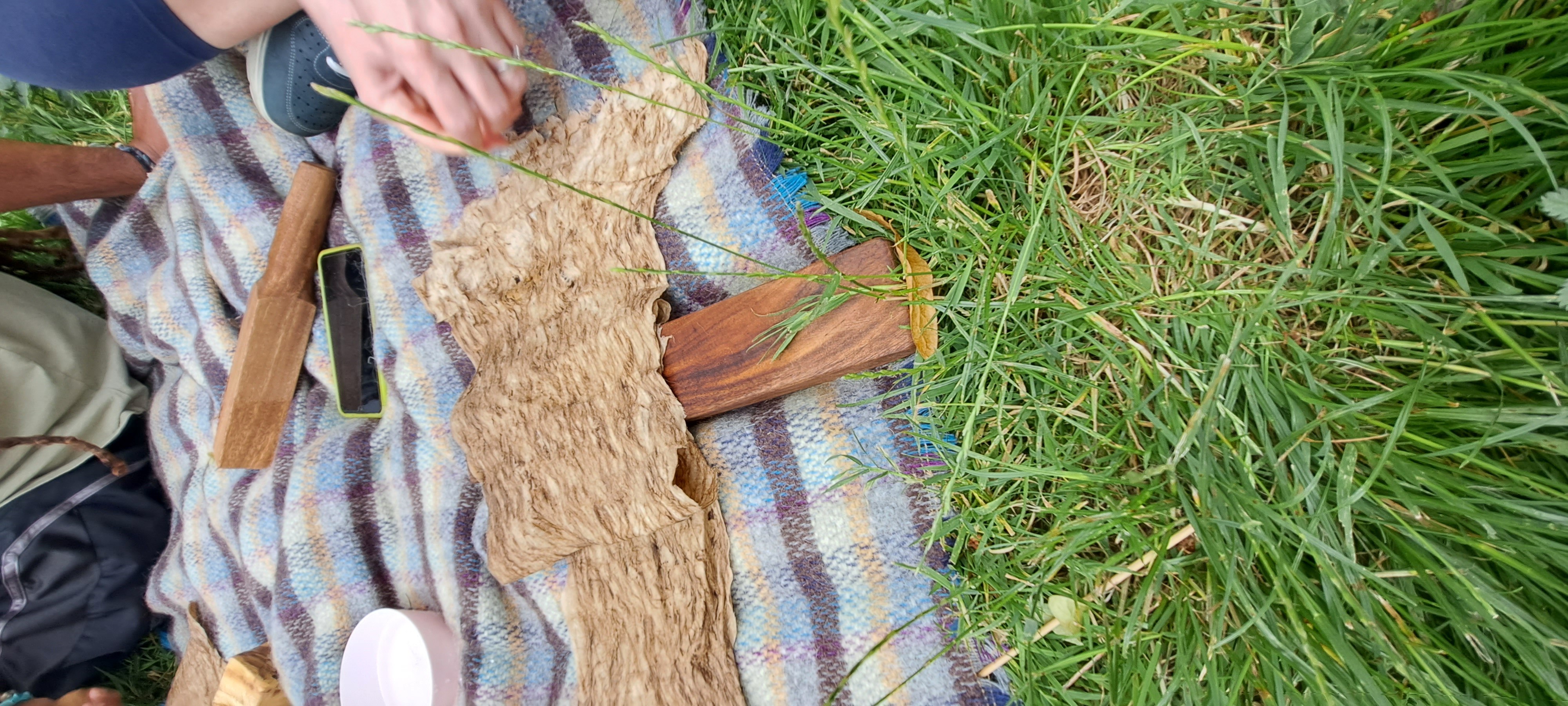
You pound the Mo'omo'o until the piece is solid and has doubled in width, before leaving it out to dry. When the Kapa is dry, you decorate! Page brought many colours she had made herself, along with traditional decorating instruments.

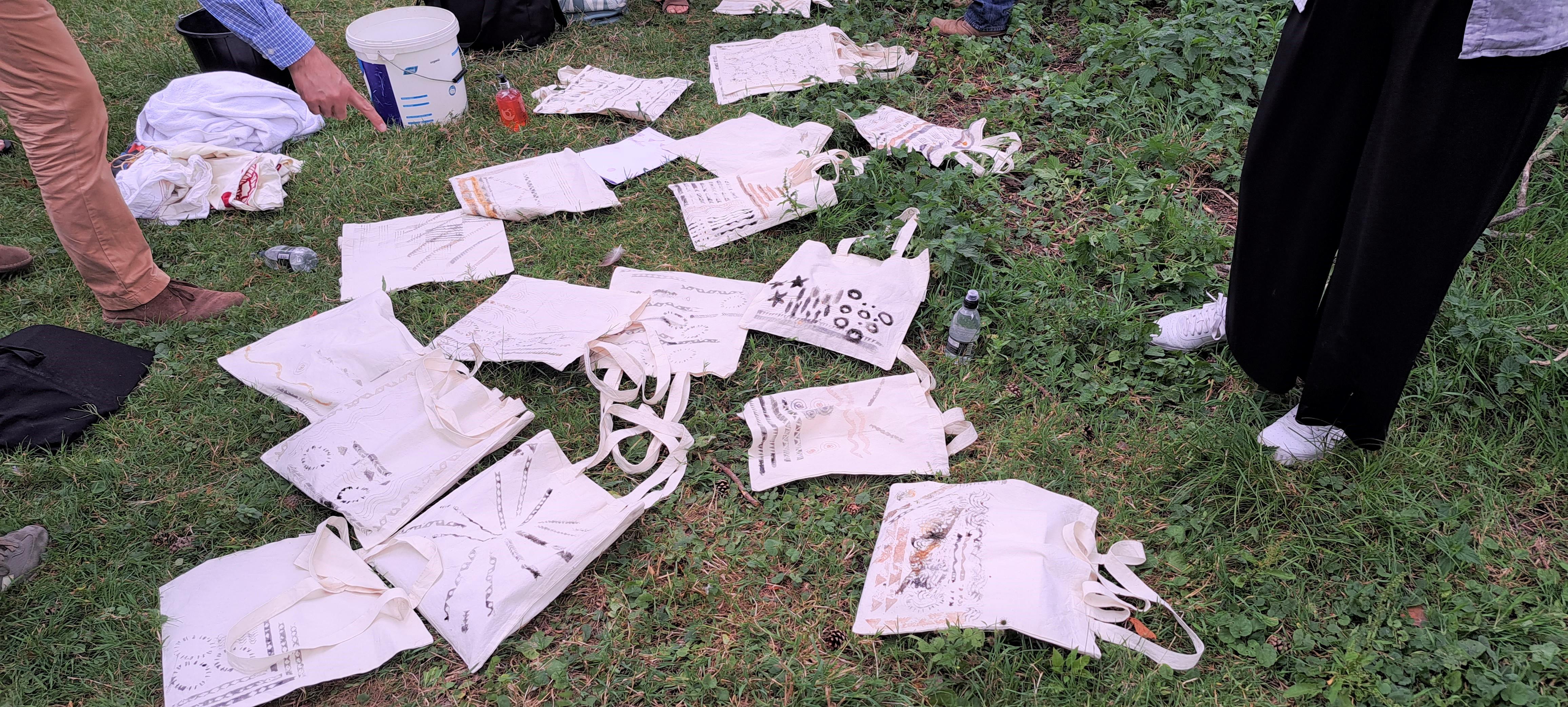

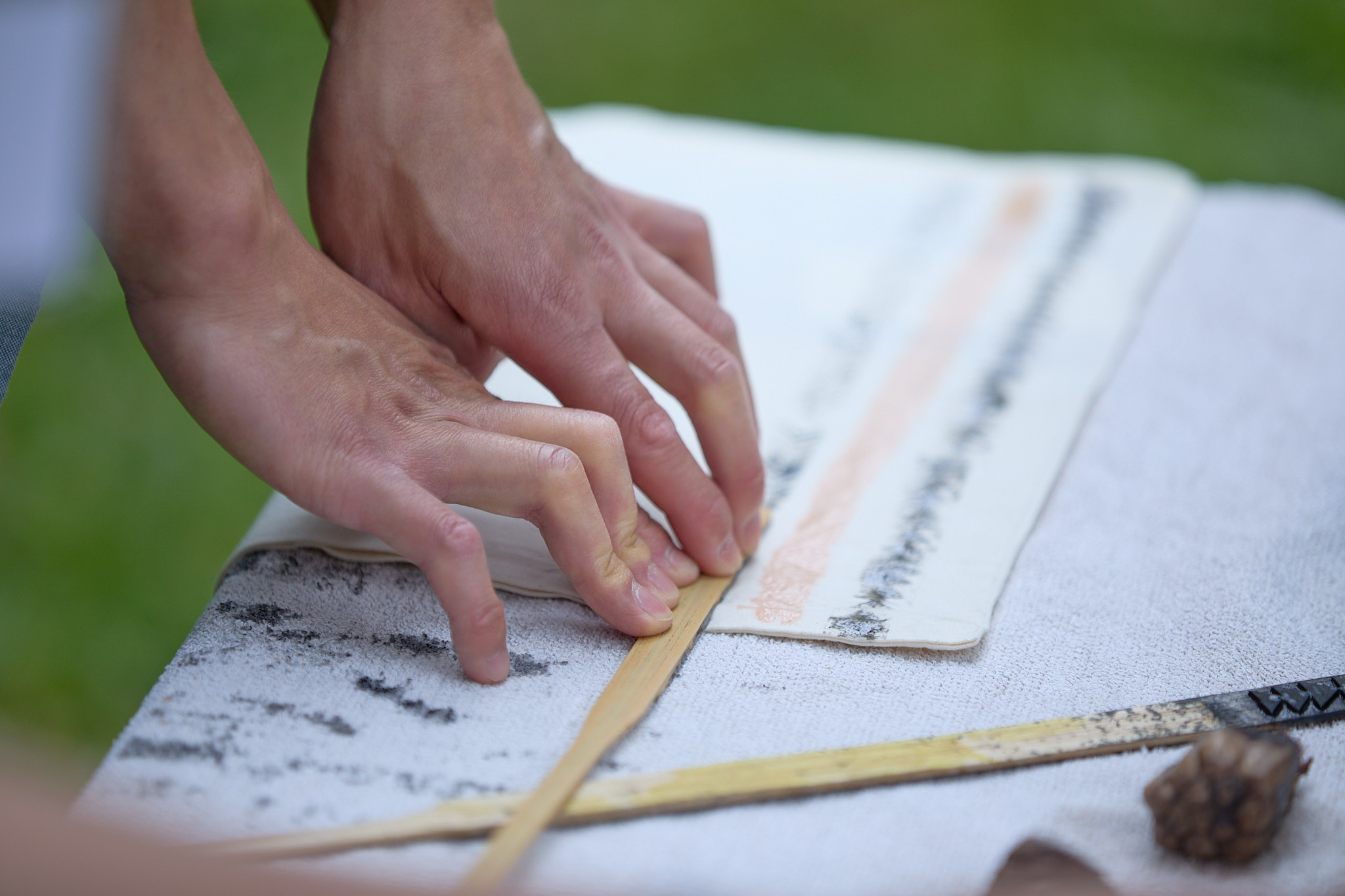
We began the workshop with a song and ended it in a large connected circle. It is very rare you get to experience making traditional crafts in such an involved way, and we hope that everyone involved enjoyed the experience!
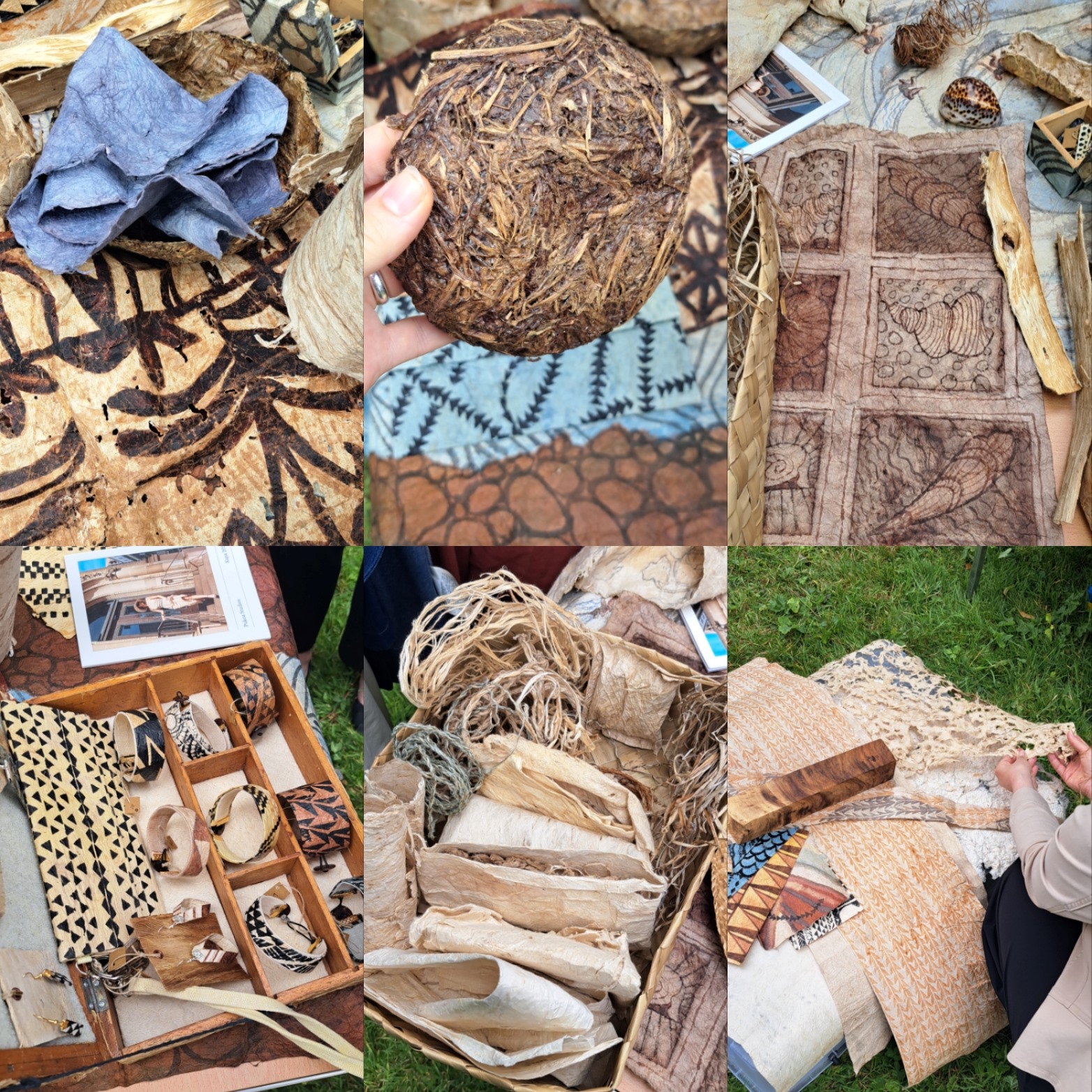


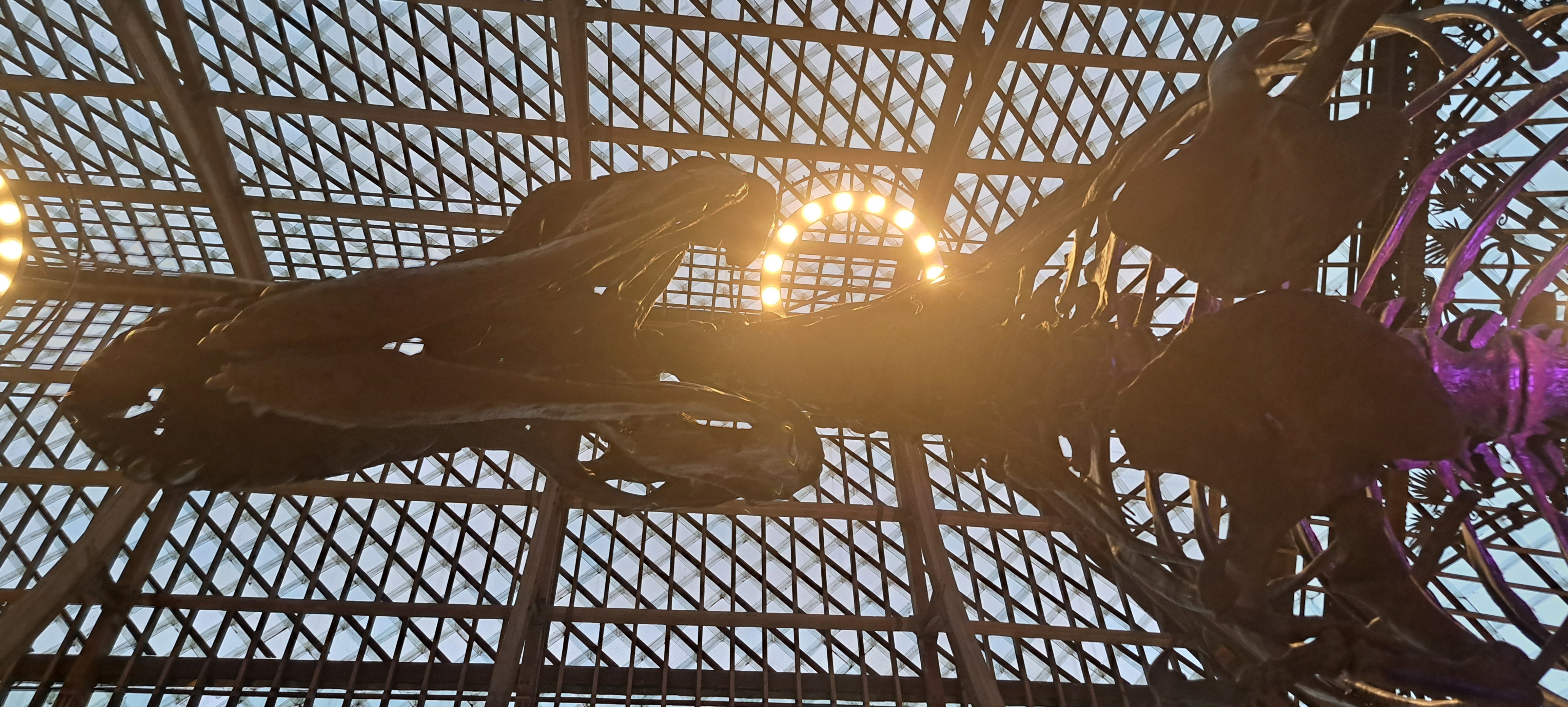
Day 3
We started the day with a talk by Faye Belsey and Joanna Cole on Human Remains at the Pitt Rivers Museum. Faye is the Deputy Head of Object Collections and Joanna is the Assistant Curator of Object Collections and Provenance. They questioned what it means to care for human remains in a museum context, and how the definition of care changing. They discussed recent work around human remains including the decision to remove from display and efforts towards repatriation and redress.
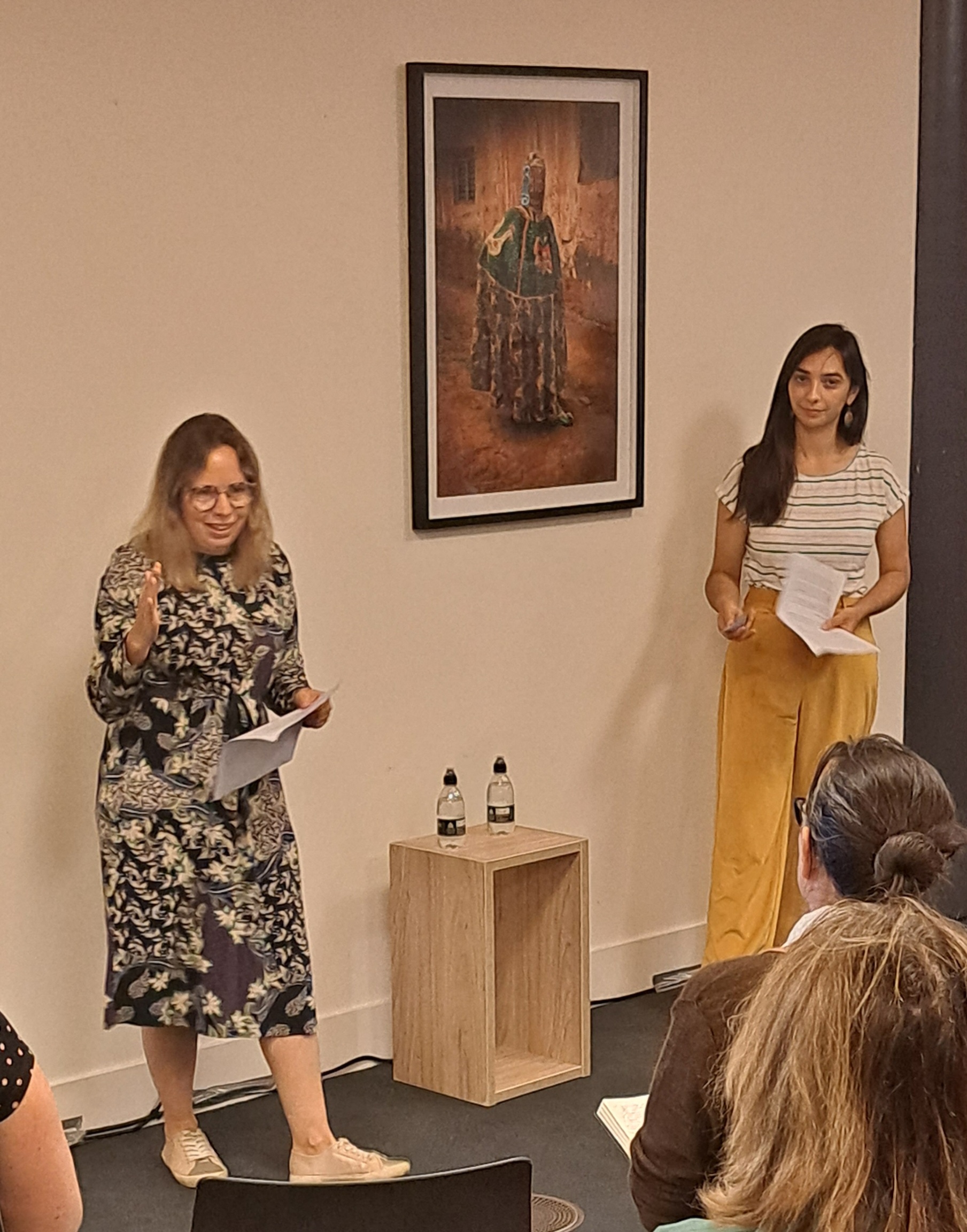
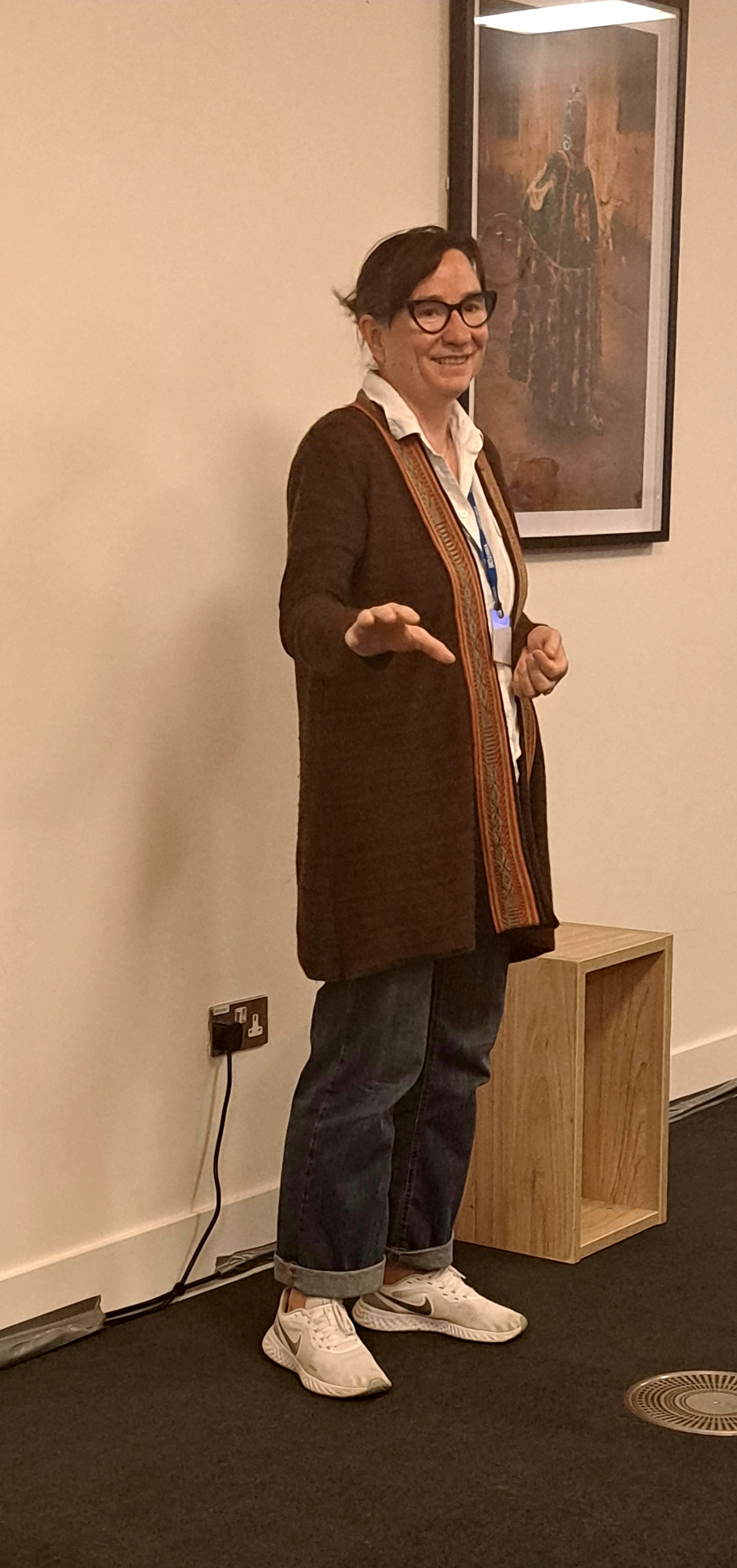
Our final presentation for the workshop was by Claudia Augustat. Claudia is Head of the TAKING CARE Project and Curator for South American collections at Weltmuseum Wien, Austria. Her talk, 'Can digital repatriation matter?', followed the traces of a ceremonial Selk’nam mask through different spaces and materialities. Highlighting the history of the mask, she stated that there had been a request to remove the mask from the permanent exhibition and to repatriate a 3D print of this mask. This request was made by Selk´nam activist Fernanda Olivares in October 2022. Her talk with asked: What kind of connectedness can be found or constructed? And can arguments be found that digital repatriation of objects matter?
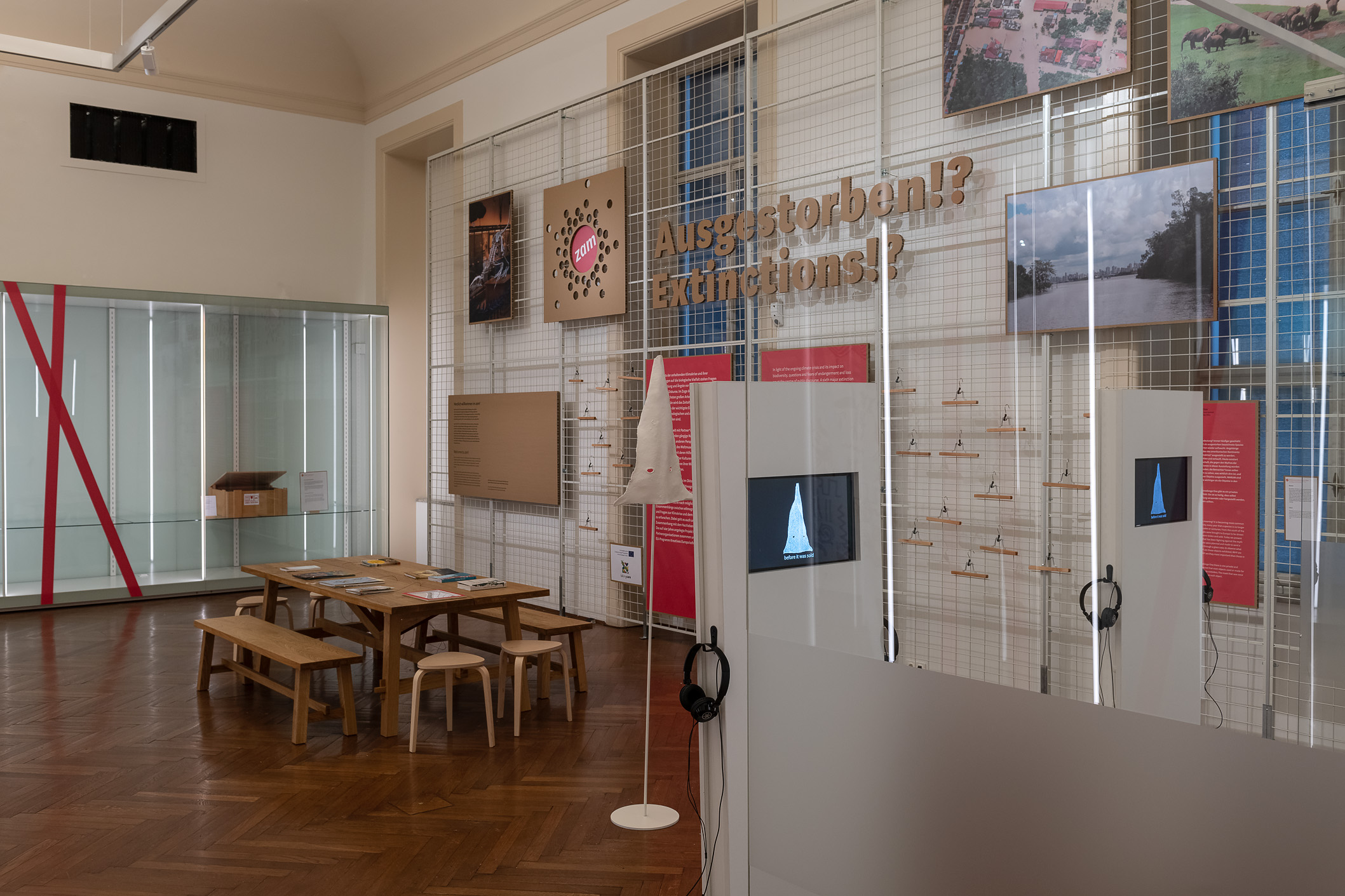
Claudia argued that even though she was not convinced of the repatriation of a 3D print initially, she has come to realise that this has become an original object that carries its own story: one of colonial violence, environmental degradation and even healing.You can find more about Claudia, Fernanda and Nicólas' work here. This transdisciplinary research platform studies the relationships between culture, nature, knowledge and their different forms of representation. It is a concept used in maps to designate places unknown to mankind.
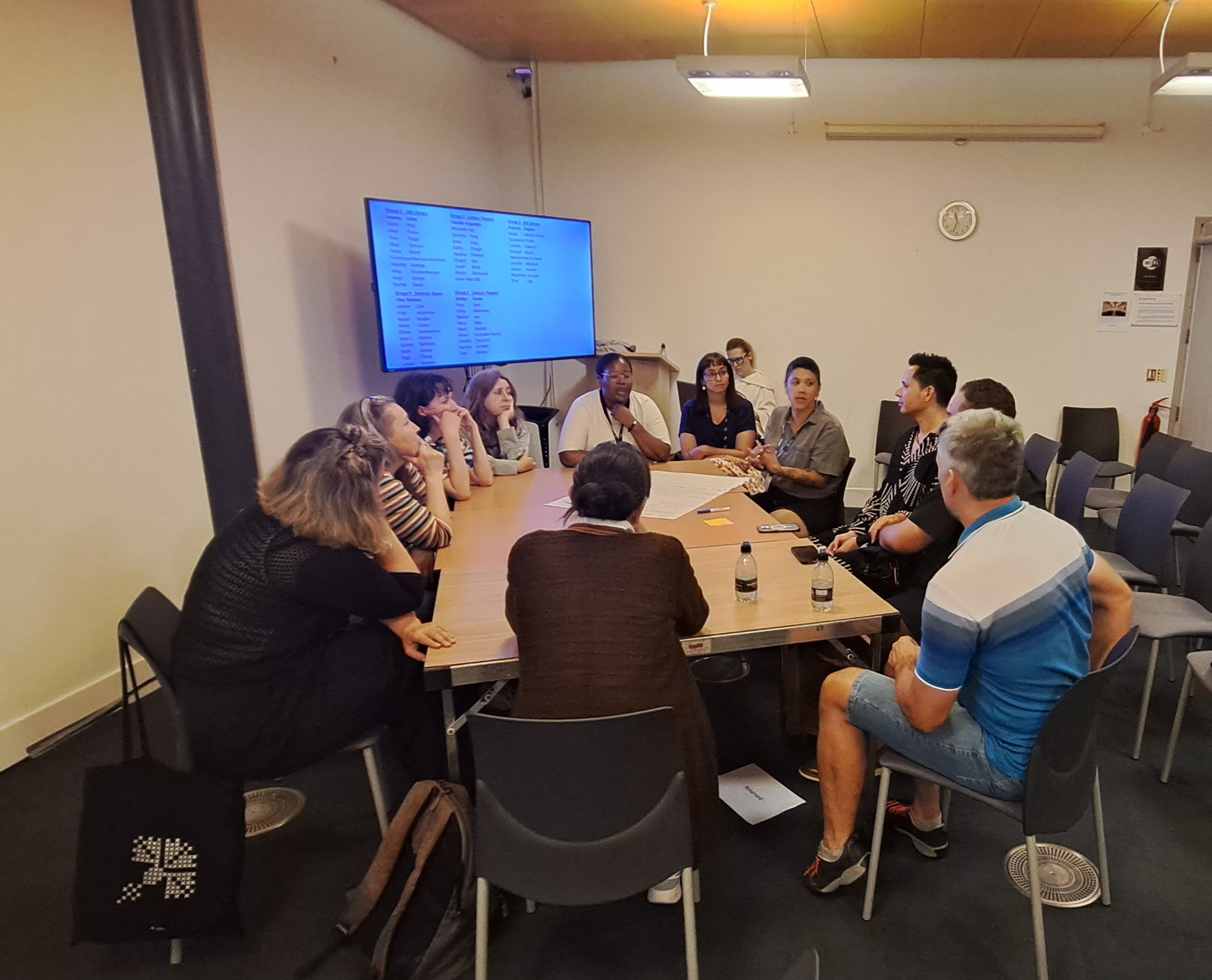
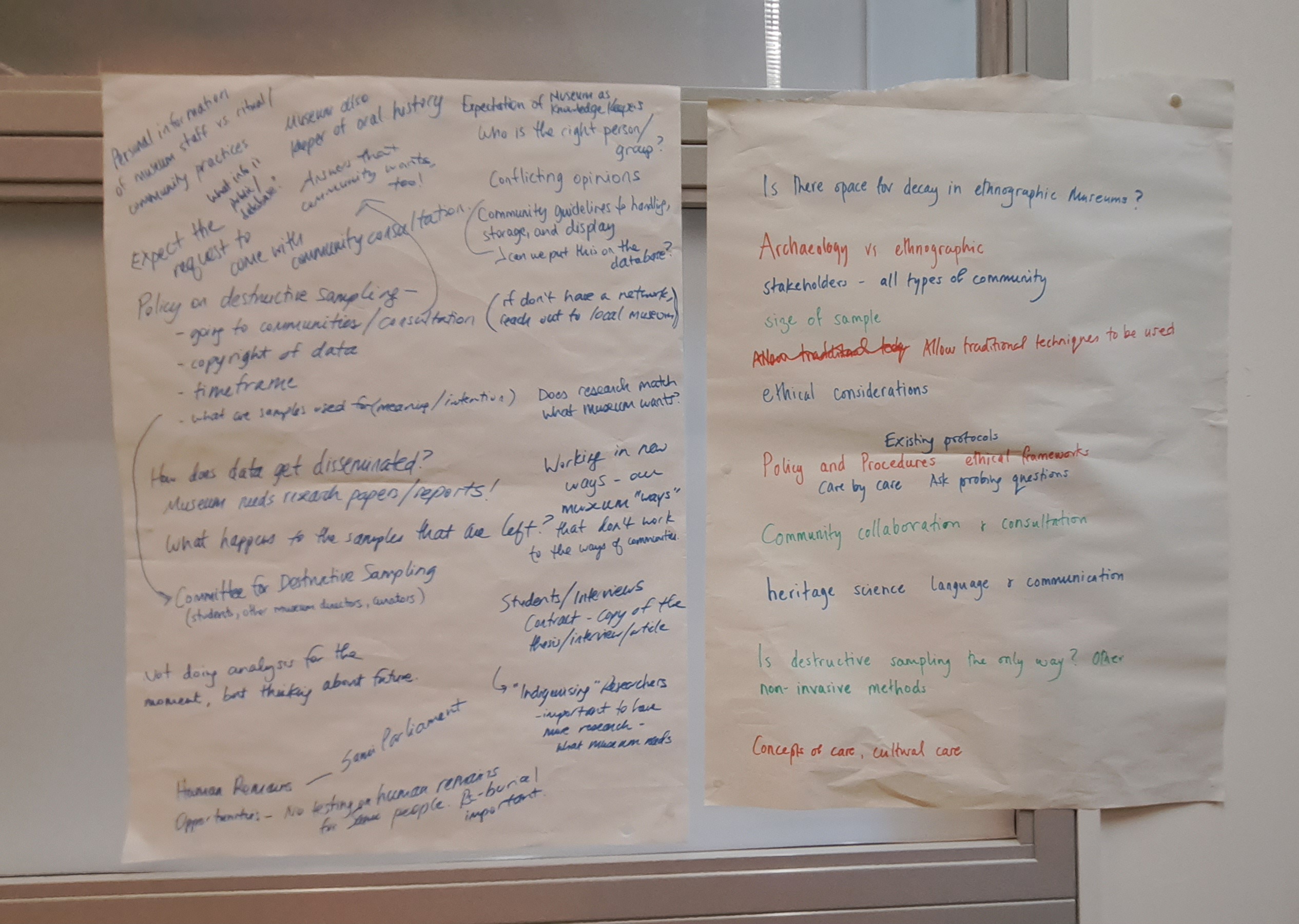
The second and final discussion groups segment of the workshop discussed matters of Cultural Care, best practise, community engagement, and the importance of reflexivity.
The workshop ended with some final remarks by Ashley Coutu and Jeremy Uden. Ashley emphasises that in order to care for objects in our care and host communities, we also need to take care of ourselves: "Care is active and changing and not static."The workshop ended with Claudia Augustat providing some parting words at this final workshop of the TAKING CARE Project, with hope for future collaborations and connections.
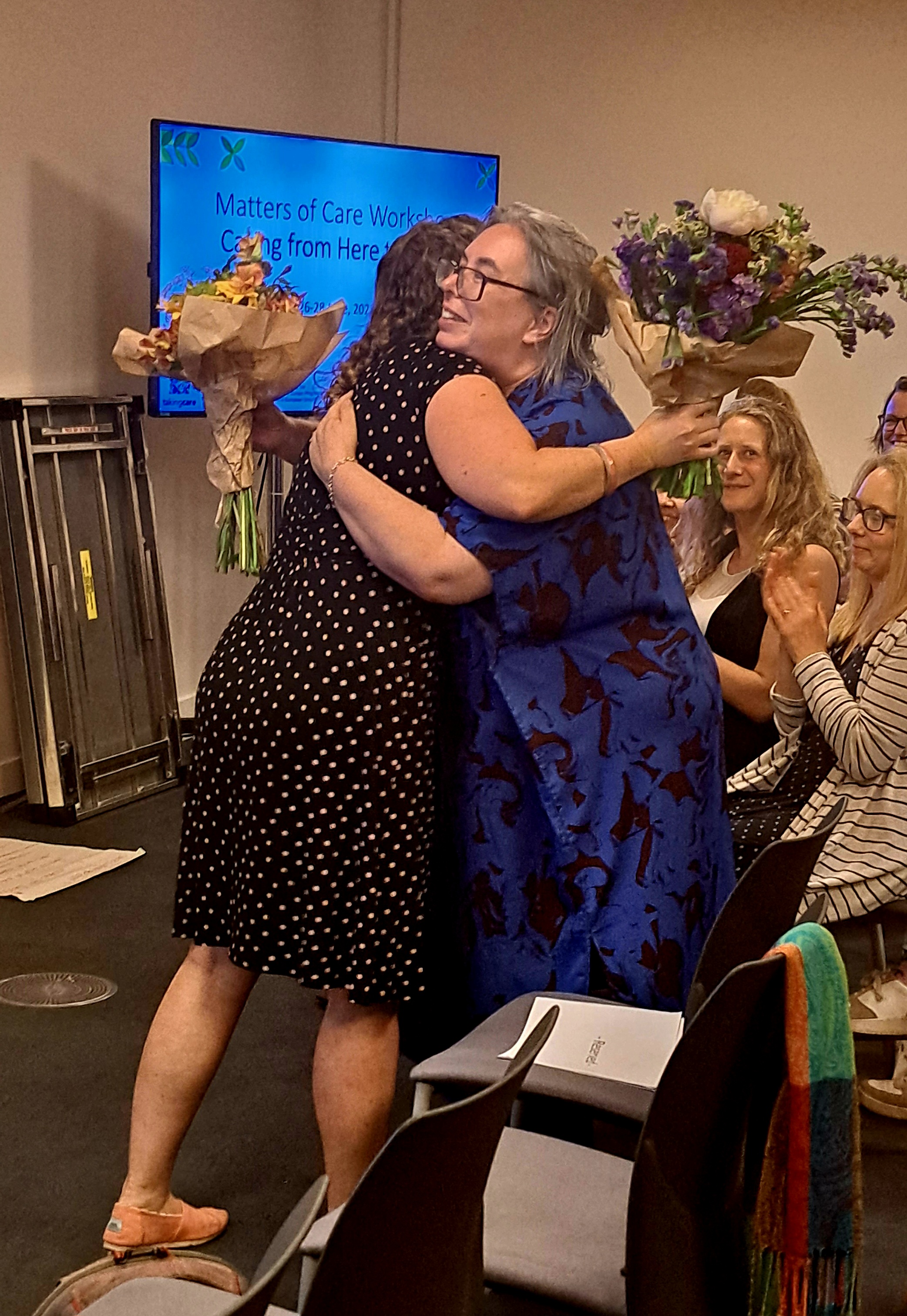
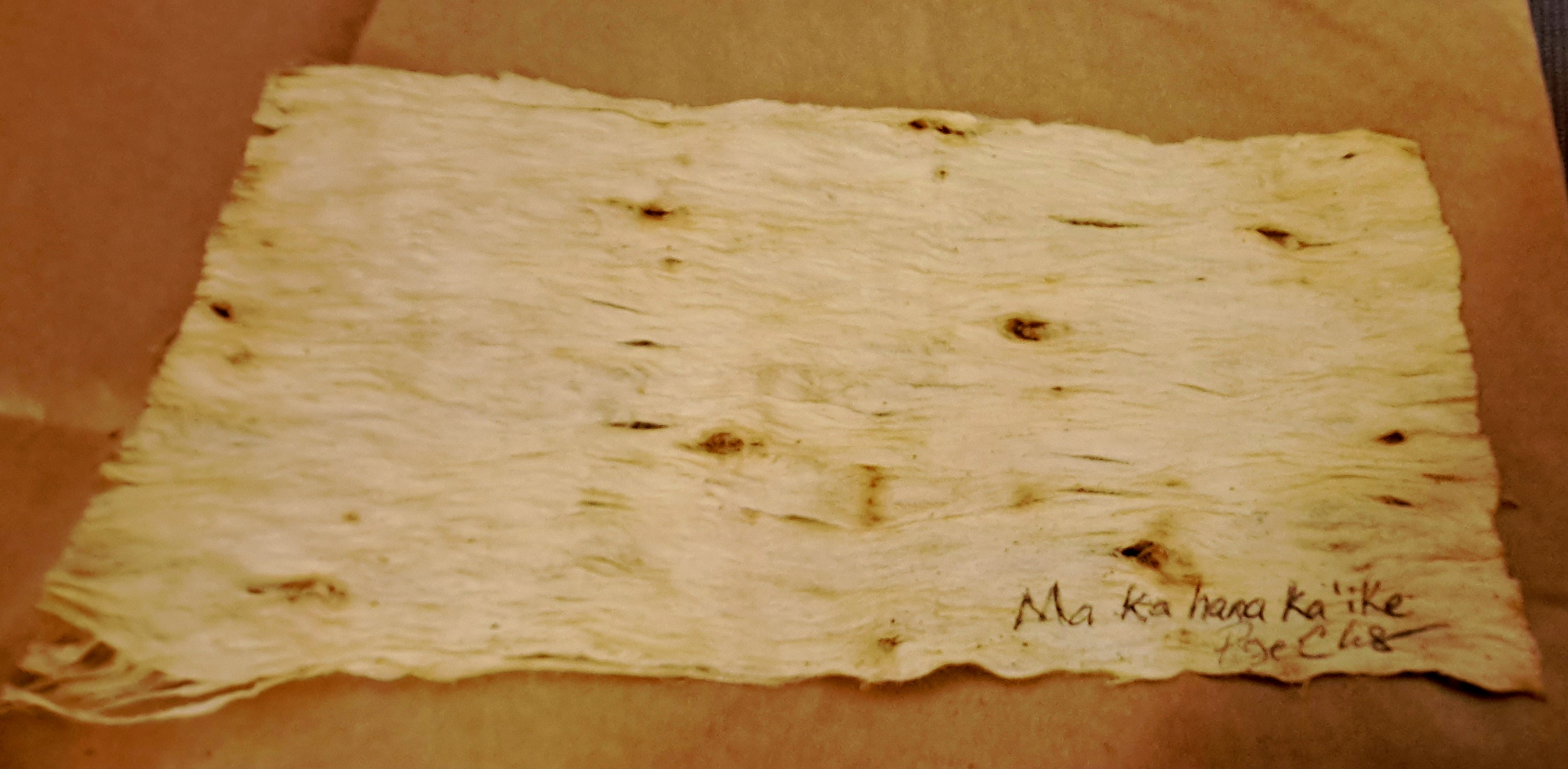
We would like to say a hug thank you to the Pitt Rivers team for their wonderful work and to all the speakers and participants for sharing insights and experiences!